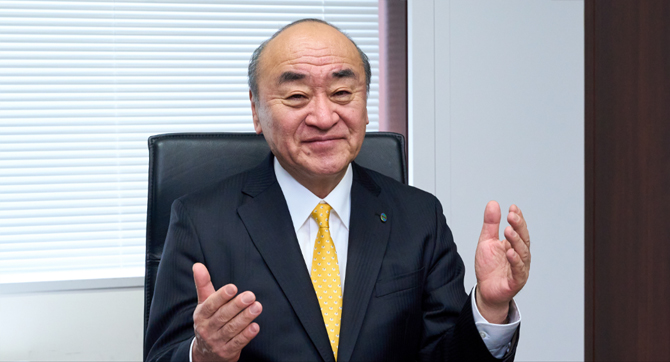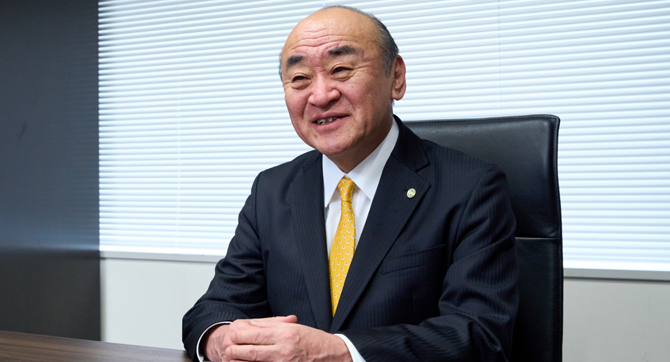Sustainability Top Message

- TOP
- Top Message
- Top Message
Top Message

Through the construction of bridges and other societal infrastructure, we will build a future in which the entire MEG Group continues to contribute to the creation of a sustainable society with minimal environmental impact
I am Masahiro Ikeura, and I have assumed the role of President and Representative Director of MIYAJI ENGINEERING GROUP, INC. Our Group, with its nearly 120-year history, aims for sustainable growth while fulfilling its social responsibilities.
The bridge industry faces a range of challenges, including technological innovations such as digital transformation, environmental issues, and labor shortages. To overcome these challenges, we will foster workplace environments that maintain open communication, and respect individual creativity and diversity. In addition, we will also focus on human resource development that drives growth across the entire Group.


We have identified the Group’s materialities (material issues) and set KPIs to fulfill our social responsibilities, and have established sectional committees for each issue under the Sustainability Promotion Committee. These sectional committees engage in active discussions to achieve our goals. We conduct employee surveys and workshops regularly to listen to the voice of each of our employees, ensuring that their feedback is reflected in our management decisions. By empowering our employees and harnessing their strengths, we will build a future in which the entire MEG Group continues to contribute to the creation of a sustainable society with minimal environmental impact.
I ask for your continued support and cooperation, as we work to thrive and grow together with our stakeholders.
Masahiro Ikeura, President and Representative Director
